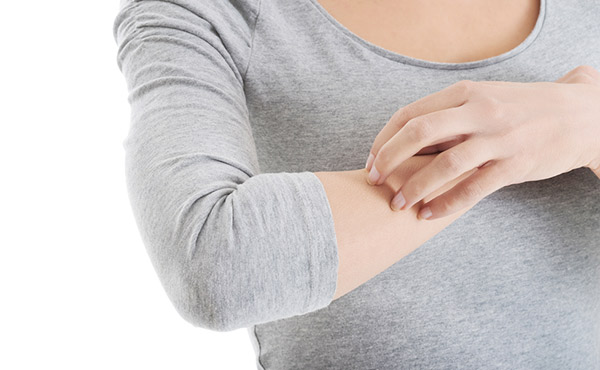Disclaimer: This post is contributed by Planning With Kids partner ecostore.
This post first appeared on the ecostore blog.
Do you suffer from sneezing and itchy skin? Are there some things you can’t eat? If so, you’re not alone. It’s not easy to explain the rise in different types of allergies, but there are many theories about what’s causing the problem.
The hygiene hypothesis
One explanation you may have heard about is the hygiene hypothesis – this suggests that a lack of exposure to certain microbes in early childhood has a knock-on effect on the development of the immune system.
We can think of allergic reactions as our immune systems overreacting to the presence of certain substances – and according to the hygiene hypothesis, this could be because the development of the immune system has been hampered by factors including urban living (rather than rural living), and modern sanitary practices.
But the hygiene hypothesis may only partially explain what’s going on, and the situation is made more complicated when it comes to conditions like eczema because of the role played by our genes.
Eczema
We used to think that eczema was an allergic condition itself, but research now suggests it comes about as a result of genetic factors. The effect it has on the skin, however, means that people with eczema are more susceptible to developing allergies.
In effect, the skin leaks and loses moisture – letting little cracks develop in the skin. These cracks in the body’s natural barrier allow allergens like pollen, dust mites and nasty chemicals in, causing much of the inflammation and itchiness that we are familiar with.
Dealing with eczema is tough enough if you’re an adult, but it can be even more trying for our young ones and the families caring for them. While there is no cure for eczema (most people tend to grow out of it with time), there are things you can do to ease its symptoms in the interim.
These include making sure skin is kept well moisturised – moisturising several times a day or more if possible – and avoiding skin products that contain irritants like fragrances, soap and detergents.

